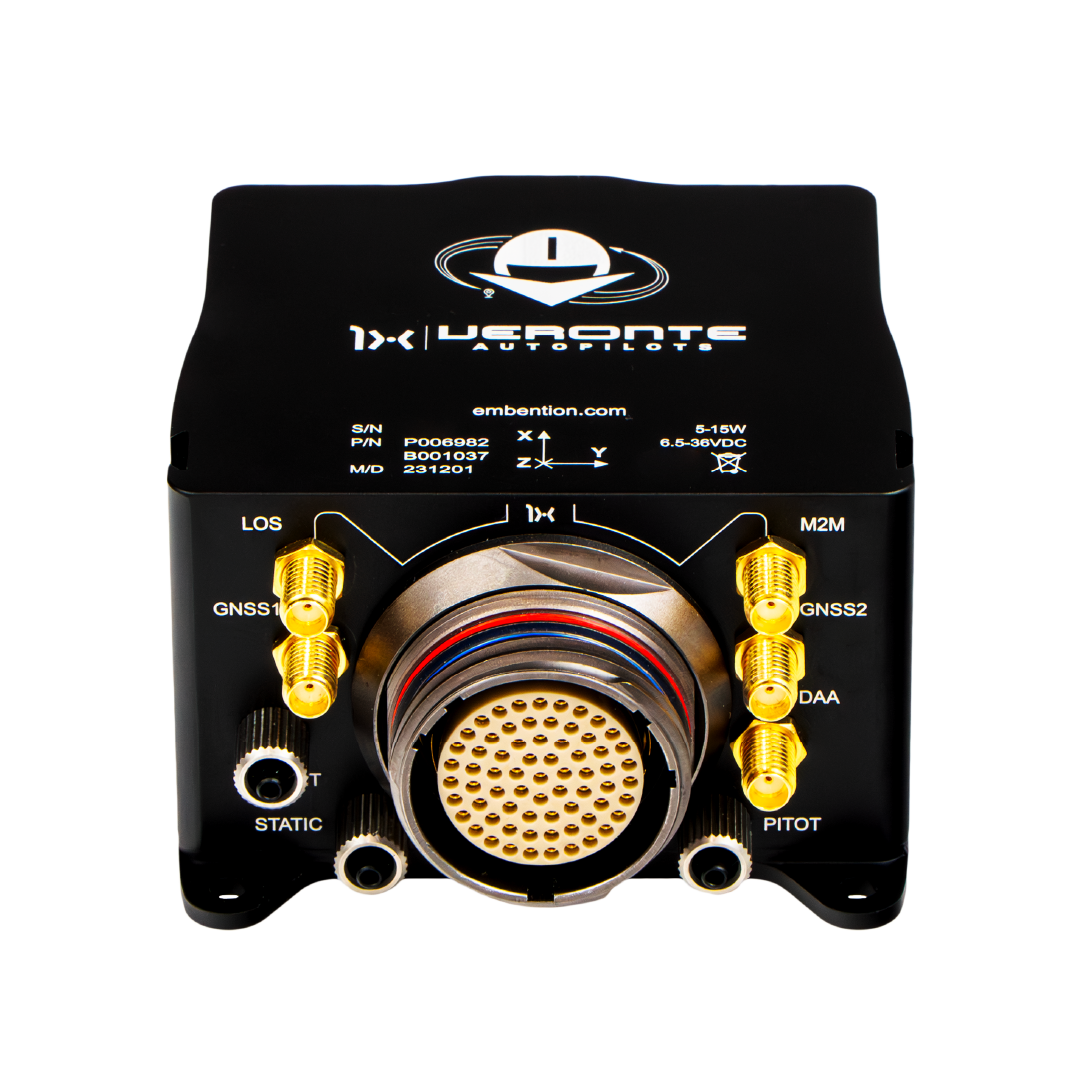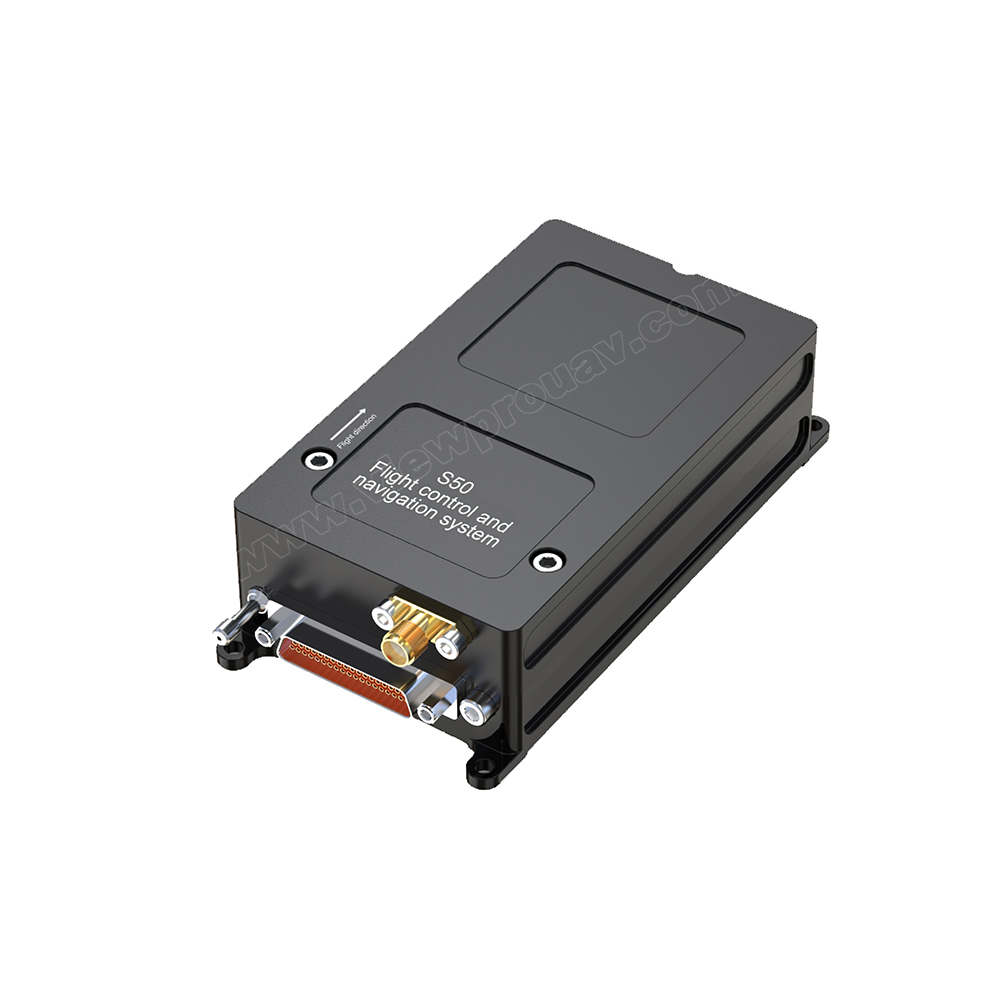SparkNavi Drone Flight Controller and GNSS/INS Made in Taiwan: Technology for Specialist UAVs
SparkNavi Drone Flight Controller and GNSS/INS Made in Taiwan: Technology for Specialist UAVs
Blog Article
Checking Out the Function of Drone Trip Controllers in Enhancing Trip Stability and Navigation Effectiveness
The advancement of drone technology has considerably enhanced the importance of flight controllers, which serve as the brain of these airborne automobiles. By incorporating real-time information from an array of sensors, flight controllers enhance trip security and navigation efficiency, guaranteeing that drones can run efficiently also in complicated settings.

Comprehending Flight Controllers
Flight controllers are important components in the performance of drones, working as the brains that handle and support flight operations. These sophisticated gadgets procedure information from numerous sensors, consisting of accelerometers, gyroscopes, and GPS, to make certain that the drone maintains its intended trip path. The flight controller translates this information and executes commands based upon pre-defined formulas, making it possible for the drone to react to environmental changes, such as wind or obstacles.
The key feature of a flight controller is to maintain stability throughout trip. It accomplishes this by making real-time modifications to the drone's motors and control surface areas, making certain balance and control. In addition, contemporary flight controllers integrate innovative functions such as waypoint navigating, enabling for automated trip courses and improved functional effectiveness.
Comprehending the design of trip controllers is important for both professionals and enthusiasts. They normally include a microcontroller, firmware, and different interfaces for sensing unit input and communication. As technology breakthroughs, flight controllers have actually ended up being extra compact and qualified, integrating fabricated knowledge to enhance decision-making procedures and adjust to complex flight circumstances. This advancement symbolizes a pivotal advancement in the drone industry, leading the way for more sophisticated applications and much safer procedures.
Key Parts of Flight Security
Achieving optimal flight security in drones depends on numerous vital elements that work in show to guarantee smooth and regulated operations. Central to this security is the flight controller itself, which processes information from various sensors to maintain the preferred trip mindset. This includes accelerometers and gyroscopes that measure movement and alignment, permitting real-time adjustments to the drone's placement.
An additional essential element is the digital rate controllers (ESCs), which regulate the power supplied to the motors. By finely tuning electric motor speeds in feedback to flight controller commands, ESCs help preserve balance and neutralize disruptions brought on by wind or unexpected activities.
Furthermore, the design of the drone's framework plays an essential role in flight security. A well-structured structure reduces resonances and improves the general aerodynamic profile, adding to smoother trip features. The combination of advanced algorithms within the flight controller help in predictive modifications, making sure a receptive and versatile flight experience.
Together, these elements develop a cohesive system that boosts a drone's stability, permitting for specific handling and boosted performance in numerous flight problems.
Navigation Performance Methods
Efficiency in navigation is important for maximizing drone procedures, particularly in intricate environments. Reliable navigating strategies boost the capacity of drones to pass through tough surfaces and prevent challenges, thereby boosting operational efficiency and safety.
One noticeable method is the implementation of innovative GPS and inertial dimension units (IMUs) that supply accurate place tracking and orientation data. These innovations allow drones to calculate optimum trip courses in real-time, thinking about numerous elements such as wind conditions and potential challenges.
One more technique entails using algorithms for path preparation and optimization. Algorithms such as A * and Dijkstra's formula can be released to figure out the most reliable course while decreasing power intake and flight time. Furthermore, integrating artificial intelligence designs can enable drones to adaptively pick up from their environments, improving navigation abilities via experience.

Influence On Autonomous Drones
The integration of innovative navigating strategies has actually greatly changed the capabilities of self-governing drones, allowing them to operate with greater autonomy and precision. SparkNavi drone flight controller and GNSS/INS made in taiwan. These enhancements are primarily associated to sophisticated flight controllers that utilize real-time information handling and sensor blend, enabling drones to browse complex environments perfectly
The influence on self-governing drones prolongs past plain navigation; it incorporates enhanced challenge avoidance, boosted security during vibrant conditions, and boosted mission reliability. By leveraging formulas that incorporate equipment discovering and expert system, drones can adjust to altering situations, making click site educated choices that optimize their trip paths while decreasing risks.
Additionally, the execution of durable flight controllers has facilitated the implementation of complicated jobs, such as aerial examinations, shipment solutions, and agricultural tracking, with minimal human treatment. This ability not just enhances operations but also reduces human mistake, thereby improving total security.
Because of this, the operational extent of autonomous drones has broadened significantly, making them important Our site devices in various industries. Their capability to do efficiently in varied circumstances emphasizes the crucial function that progressed trip controllers play in shaping the future of unmanned aerial systems.
Future Fads in Trip Control
Regularly, advancements in flight control innovation are poised to redefine the landscape of drone procedures in the coming years. Arising fads suggest a considerable change in the direction of enhanced synthetic intelligence (AI) assimilation, making it possible for trip controllers to refine real-time this hyperlink information a lot more effectively. This development will certainly facilitate improved decision-making capabilities, enabling drones to adapt to dynamic environmental conditions autonomously.
In addition, the execution of maker discovering formulas is anticipated to boost predictive maintenance, therefore minimizing downtime and extending the lifecycle of drone parts. This positive technique to upkeep will be crucial as drone applications increase throughout various industries, from agriculture to logistics.

.png)
Last but not least, developments in safe communication methods will certainly resolve security and regulatory problems, making certain that drones can operate effortlessly in stuffed airspaces (SparkNavi drone flight controller and GNSS/INS made in taiwan). Collectively, these trends direct towards a future where trip control systems are not just smarter and a lot more likewise qualified yet effective of running securely in a progressively integrated airspace
Conclusion
To conclude, drone flight controllers are indispensable to boosting trip security and navigation performance with the innovative handling of sensing unit data. By preserving optimal trip attitudes and employing sophisticated formulas for path optimization and challenge avoidance, these controllers dramatically add to the freedom and operational security of drones. As innovation remains to progress, further improvements in trip control systems are expected, guaranteeing enhanced efficiency and broadened abilities in the realm of unmanned aerial cars.
By integrating real-time data from a range of sensors, trip controllers improve flight stability and navigating efficiency, guaranteeing that drones can run efficiently also in intricate environments.Flight controllers are integral components in the performance of drones, offering as the minds that take care of and support flight operations. Additionally, modern-day flight controllers incorporate advanced attributes such as waypoint navigating, enabling for automated flight paths and enhanced functional performance.
Central to this security is the trip controller itself, which processes data from various sensors to keep the wanted flight attitude.In final thought, drone flight controllers are essential to enhancing flight security and navigation effectiveness through the innovative processing of sensing unit information.
Report this page